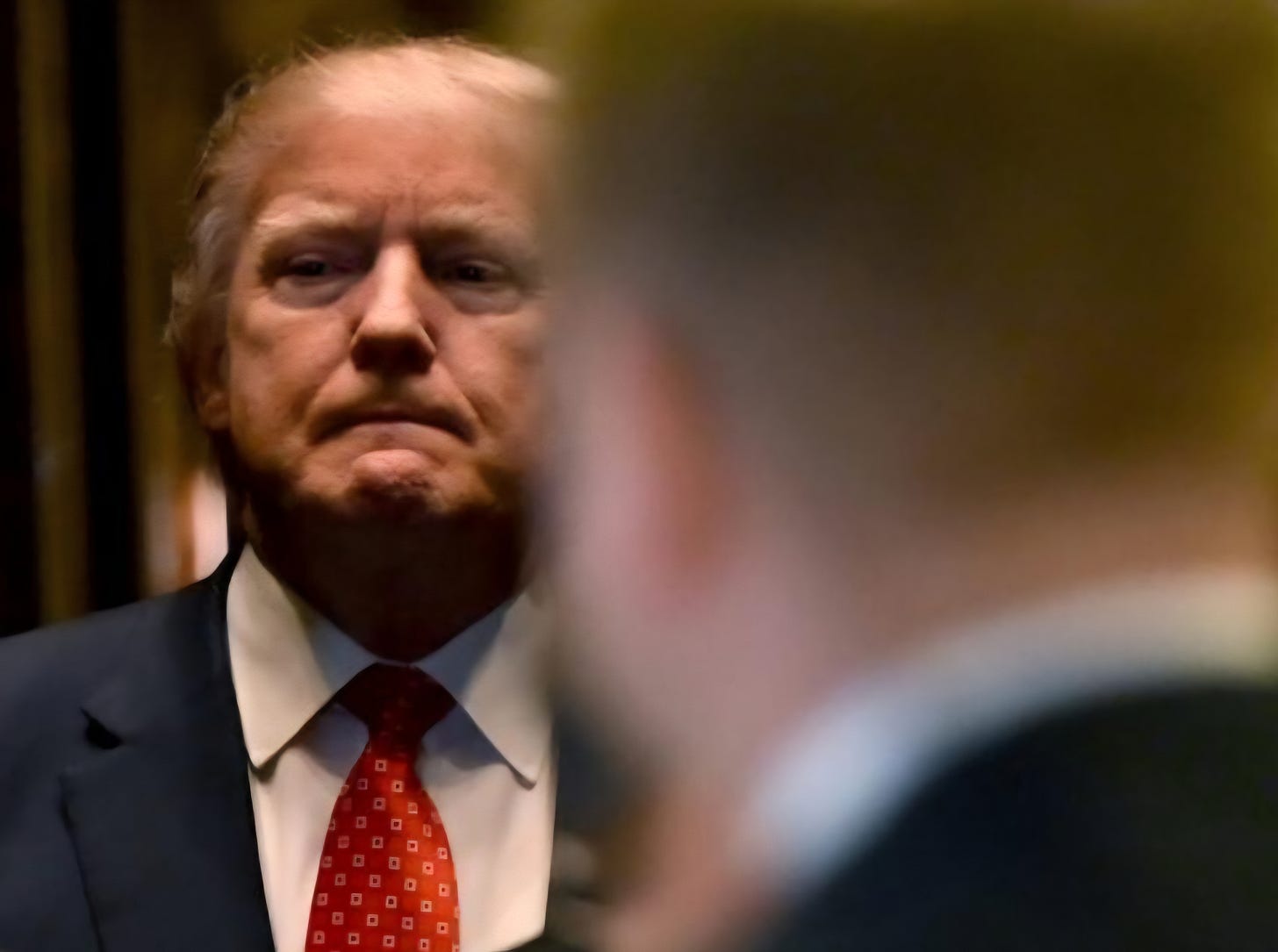We’re about to drop a series so greasy you’ll need a burner phone by the end of it. Get to Know a Russian Oligarch is your guided tour through the billionaires who didn’t simply help Trump — they bought front-row seats to the end of American democracy and left their fingerprints all over the velvet ropes.
You know some of their names. You’ve seen them flash by in headlines or indictments. But we’re here to introduce you properly — like a maître d’ at a crime scene.
There’s Dmitry Rybolovlev, the fertilizer tycoon who paid Trump $95 million for a Palm Beach mansion — a record-setting deal for a property Trump had bought just four years earlier for $41 million. Rybolovlev never moved in, never threw a party, never even redecorated.
Oleg Deripaska, the aluminum baron with Kremlin ties so thick they come pre-sanctioned, had Paul Manafort on his payroll — or at least on the hook for millions. When Manafort was running Trump’s campaign, he was also offering Deripaska private briefings. If the Trump campaign had a Kremlin hotline, Deripaska didn’t just have the number — he had a punch card.
Roman Abramovich — informally known as Putin’s “personal banker,” and certainly his most financially favored friend — never had to meet Trump. His ex-wife, Dasha Zhukova, handled the proximity, showing up in vacation photos with Ivanka Trump, their social circles colliding like yachts in a Monaco harbor.
Viktor Vekselberg, another Putin-friendly oligarch under U.S. sanctions, had his firm pay Michael Cohen, Trump’s fixer, half a million dollars in 2017. The company claimed it was for consulting, but consulting on what? Cohen was fresh off arranging hush money for a porn star. That’s one hell of a résumé.
Then there’s Len Blavatnik, a Russian-born, UK-US dual citizen, not officially an oligarch but wealthy enough to count. He funneled millions into Republican super PACs, including ones aligned with Mitch McConnell, and tossed a hefty check at Trump’s inauguration.
Not to be outdone, Aras and Emin Agalarov, the Azerbaijani-Russian father-son duo with Kremlin connections, brought Trump’s Miss Universe pageant to Moscow. A few years later, they helped arrange the infamous Trump Tower meeting where Russian operatives dangled “dirt” on Hillary Clinton.
Alexander Torshin, a Russian politician and banker, worked the NRA like a side hustle, trying to funnel Russian money and influence into conservative politics. He had Maria Butina on the job, and she ended up in prison for acting as an unregistered foreign agent. Bullets and rubles, same pipeline.
Yuri Milner, a Kremlin-adjacent tech investor, injected Russian capital into Facebook, Twitter, and Cadre, Jared Kushner’s real estate tech startup. Milner insists there was no Kremlin directive, but when Russian state funds help bankroll your digital playgrounds, it’s hard to claim innocence by proximity.
Finally, there’s Felix Sater — not an oligarch or a billionaire, just a twice-convicted felon with mob ties and a direct line to Trump’s ambitions in Moscow. Sater didn’t whisper his plans; he emailed them, bragging that he could get Putin’s sign-off on Trump Tower Moscow and help elect Trump in the process. There is scantt evidence he spoke to Putin directly — but the promise hung there, like smoke from a cigar you know you shouldn’t trust.
Get to Know a Russian Oligarch isn’t a history lesson. It’s a ledger. A web. A reckoning. We’re mapping the financial pipelines that connect Russian wealth to Western rot. By the time we’re done, you’ll know the names, the faces, the fortunes — and you’ll probably want a shower.
If you’re ready to follow the money — the real money, the Kremlin money, the kind that keeps Trump, Putin, and a parade of oligarchs fat and unaccountable — then subscribe to Closer to the Edge. We’re digging up the offshore pipelines, the shady real estate deals, and the quiet Western handshakes that let Russian billions shape our politics. Stay dangerous. Stay informed.
This post has been syndicated from Closer to the Edge, where it was published under this address.

